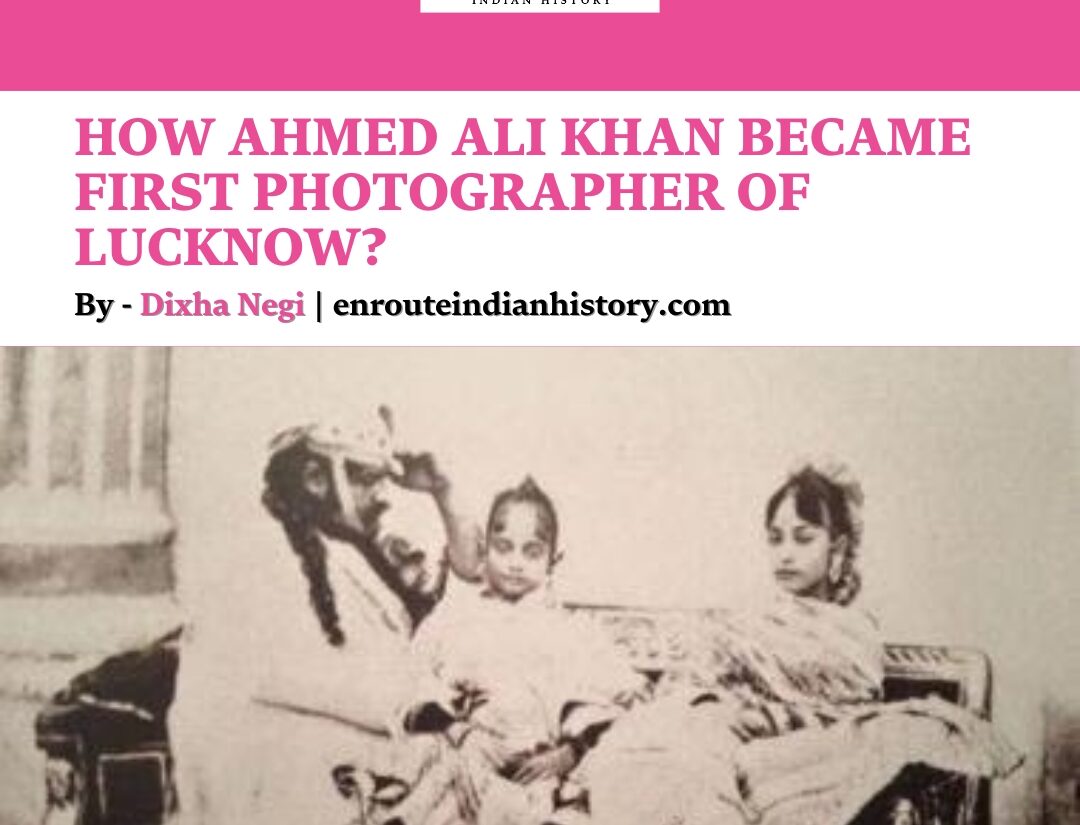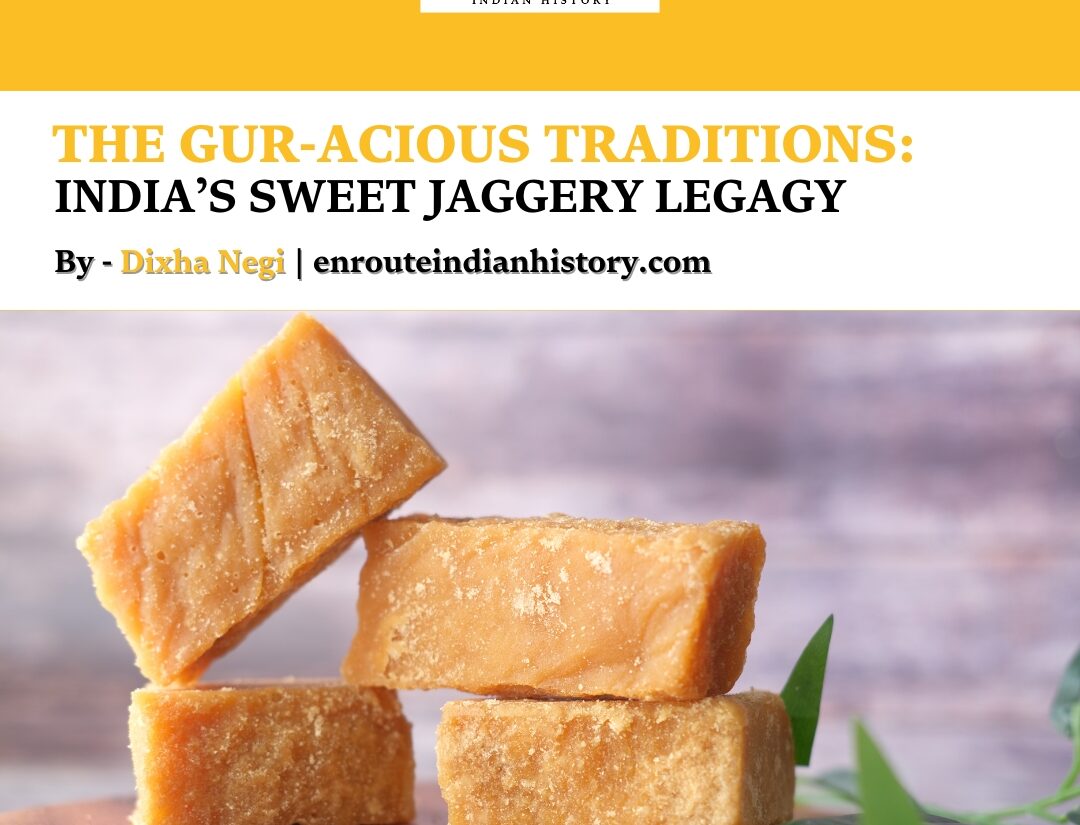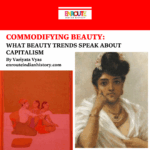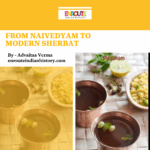TRAVELS OF THE ROYALS!
History has witnessed travellers visiting India and describing the marvels of India through their travelogues and works. The visitors could include traders, monks, travel enthusiasts, courtiers and officers. But, there were also instances of travels by royalties, not for conquest but for sightseeing and a hidden political aim! Under British rule, the royal couple, the then Prince and Princess of Wales (the future King George V and Queen Mary), toured India in the early 20th century.
George V was the second son of King Edward VII who became the Duke of York in 1892 and the Prince of Wales in 1901. Queen Mary, popularly known as Princess Victoria May (Mary), was the daughter of the Duke of Teck. George married the Princess in 1893. Beginning their tour on November 1905, they took the most extensive royal visit, noted G.F. Abbott and C.V. Reed. Sailing on the HMS Ophir, their grand tour was a key moment for the colonies and the British royal family.
The first time the British crew spotted the coastlands of India was on the 11th of April, 1901, when they saw the mountains of Travancore on the southwest coast of India. But, much before that, they had travelled to Aden, a city in present-day Yemen, which was part of British India for 98 years. Their actual visit to the Indian subcontinent was in 1905. The Princess prepared everything she could by reading about India to understand the region better.
Welcome Royals!
The royal tour in the Indian subcontinent began with George and Mary landing at the Apollo Bunder on 9th November 1905 in Bombay (Mumbai). Also called the “The Eye of India”, they were greeted by the Indian Princes and Abbott, who accompanied the tours, wrote that Bombay had vast greenery, and a diverse set of people with their mannerisms and politeness, which the British believed was inherited by the natives through their ancient civilisation.
The couple also went for lion hunts (in Kathiawar) and visited colleges and bazaars to meet the locals and make purchases. After Bombay, they travelled to Indore where they saw the gorgeous river Kahn. Next, they visited Rajputana (the Land of the Rajputs) and there, the Princess visited the School of Art in Jaipur, the Bikaner Palace, and Marwar, also known as the “Land of Death” due to the desolation.
The travels continued and they reached Punjab which was suffering from famines. Lahore, described by Abbott as a gloomy and dusty land but also as a site of historical significance, was the next stop. The Kali temple, Lahore Fort, Pearl Mosque, the Shish Mahal (Hall of Mirrors) and some newly transformed buildings such as Shah Jahan’s tomb into an English Church were the main attractions of this place. Entering the North-West Frontier, the culture of the Near East was evident in the greetings of the men, the women’s veils, the faces and the people.

The Prince and Princess at Lahore (left)
Then, they reached the Himalayas – Jammu, the river Tavi (Taapti), and the vidyarthies (students) of the Rugnath temple were some of the sights seen. Next, they headed to Amritsar, the happiest pool of prosperity, centred around the Golden Temple. From both these places, the Queen purchased several Pahari and Sikh paintings which became part of her collection.
The journey was now halfway as they travelled to the ‘centre of Hindustan’, Delhi. A region of religious and historical importance, the ‘Old Delhi’, or so the people there called it, was the centre of seven railway lines. They visited several monuments and places and the one they fondly remember was the Kutab Minar (Qutub Minar), Shahjahanabad (Chandni Chowk) and the Jama Masjid. Next in line was Agra, another Mughal capital, which houses the Fatehpur Sikri, the tomb of Sheikh Salim Chishti, the Agra Fort and the Taj Mahal. Seeing the Taj, Queen Mary called it the ‘most perfect and wonderful building in the world’.

Scenes of Interest en route from Agra to Lucknow on the G.I.P. Railways. Pp. 89-90.
Following this, they travelled to Gwalior where they witnessed the Parade of infantry, and then visited Oudh. The photographs of Oudh and Gwalior were published by the Oudh and Rohilkhand Railway and later compiled by the Queen.
By 23 December 1905, they reached Calcutta, the “land of the lotus”, “the City of Palaces”, which was the capital city at that time. Here they witnessed the Calcutta Race and laid the foundations of the Victoria Memorial Hall. From here, they reached Madras via the sea and railways. A visit to Tanjore and Trichinopoly on the last days of December was made, following which they travelled to Bangalore, Mysore and Hyderabad. Making their way from the Chamundi Hills (in Mysore) and the Deccan region, they went to Benares, the holy city with several temples and Sarnath, the Buddhist stupa, and finally to the Doab region. Their tour ended on March 1906.
A Revisit As the Monarch
In 1910, King Edward passed away and George succeeded his father as the King. As a part of their Coronation Tour, the royal couple revisited India in 1911-12. They travelled through the ship RMS Medina and George became the first British monarch in 300 years to set foot on Indian soil. To commemorate this occasion, the Gateway of India was constructed in Bombay which is a tourist destination to date.
In Delhi, a ceremonial gathering was organised called the Delhi Durbar which marked George’s succession as the Emperor of India. It was during this event under the shamiana (ceremonial canopy) that George V announced Delhi as their new capital. Queen Mary laid the stone of the new capital while hundreds of people watched the event.
From Delhi, they travelled to Calcutta and visited the Museum to view art pieces which were to be transferred to the Victoria Memorial Hall. Since the Queen loved the ‘drawings of the native artists’ and was interested in Indian culture, she would buy paintings, art and crafts, and host and attend ‘purdah parties’ where ladies from different communities would attend and present her with scripts and paintings because of her interest in the lives of Indian women. She was also welcomed by ‘arti’, the traditional Hindu ceremony, and the Parsi and Muslim ceremonies of Vadhavilevani and Ameen.
Her attachment to India was such that she once wrote, ‘It is sad that we have to leave India to which I am extremely attached.’ Even during World War II, she published a book named Queen Mary’s Book for India for all the mothers of India whose sons were fighting in the war.
I send this message to the mothers of India’s fighting men:
You are always in my thoughts and though you might be anxious, you all have brave sons and patient daughter-in-laws. I pray that they return with honour in the hour of victory.
- Queen Mary’s Book for India, p. 5.
A LEISURE TRIP OR A POLITICAL VISIT?
Though such royal tours may offer interesting insights into the British view of colonial India, these had political motives. In 1905, much of India was suffering from famines, diseases and plague. To understand the conditions of the land directly and to improve the public’s perception of the Crown, King Edward sent his son and daughter-in-law to India. In 1911, the tour was aimed to reduce the growing opposition to British rule when Viceroy Curzon divided Bengal. Moreover, the durbar was a means to display their imperial power and the royal interest in sightseeing the colonised lands which would help gain the loyalty of the natives or the “Oriented souls”.
Yet, Queen Mary’s biographer, James Pope-Hennesy stated that Princess May fell in love with India and she would call it “Lovely India, beautiful India”. All the works related to their visits recorded the picturesque and grotesque realities of India, which was highly treasured by the Queen. She even declared with grief after the Partition, ‘When I die, India will be written in my heart’. On the night before she passed away at Marlborough House in 1953, she had a book on India read aloud to her.
Gallery – QUEEN MARY’S COLLECTION OF INDIA

The Prince and Princess in Rangoon, Burma, 1905.
REFERENCES
Abbott, G.F. THROUGH INDIA WITH THE PRINCE. London: E. Arnold, 1906.
C, John. “Queen Mary’s South Asian tour scrapbooks, 1905-1906”. Cambridge University Library Special Collection, December 2019. Source: https://specialcollections-blog.lib.cam.ac.uk/?p=19310.
McCreery, Cindy. “Views Across the Decks of HMS Ophir: Revisiting the 1901 Imperial Royal Tour”. Royal Studies Journal, Vol. 5, No. 1, 2018, pp. 55-81.
Queen Consort of George V, Mary. Programmes and Invitations, 1905-6 (RCMS 89/35). Cambridge University Library: Royal Commonwealth Society Library, 1905-06. Source: https://cudl.lib.cam.ac.uk/view/MS-RCMS-00089-00035/35.
Reed, Charles V. “‘Positively cosmopolitan’: Britishness, respectability, and imperial citizenship”. Royal tourists, colonial subjects and the making of a British world, 1860-1911, 2016, pp. 124-161.
Unknown. “KING GEORGE V, KING OF THE UNITED KINGDOM (1865-1936)”. Royal Collection Trust, King George V, King of the United Kingdom. Source: https://www.rct.uk/collection/people/king-george-v-king-of-the-united-kingdom-1865-1936#/type/subject.
Unknown. “MEMENTOS AND MODERN MASTERPIECES: THE SOUTH ASIAN COLLECTIONS OF KING GEORGE V AND QUEEN MARY”. Royal Collection Trust, Eastern Encounters online catalogue, Chapter 4. Source: https://www.rct.uk/collection/themes/publications/eastern-encounters/chapter-4.
Wallas, D. The Web of Empire: A Diary of the Imperial Tour of their Royal Highnesses the Duke and Duchess of Cornwall and York in 1901. London: Macmillan, 1902.
Images
Image 1-“Prince and Princess of Wales in India”. Screenshot taken: 7:12 minutes. http://colonialfilm.org.uk/node/4544.
Image 2- Mary. pp. 89-90.
Image 3-https://www.rct.uk/collection/2918811.
- September 27, 2024
- 9 Min Read
- May 15, 2024
- 6 Min Read























